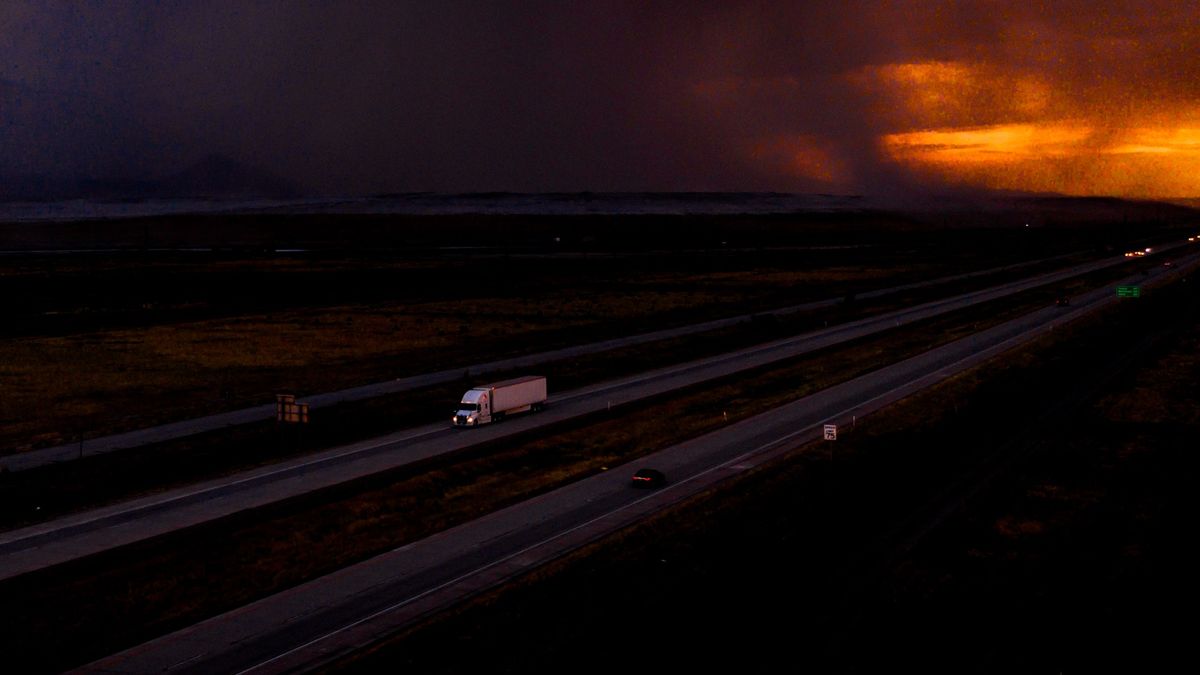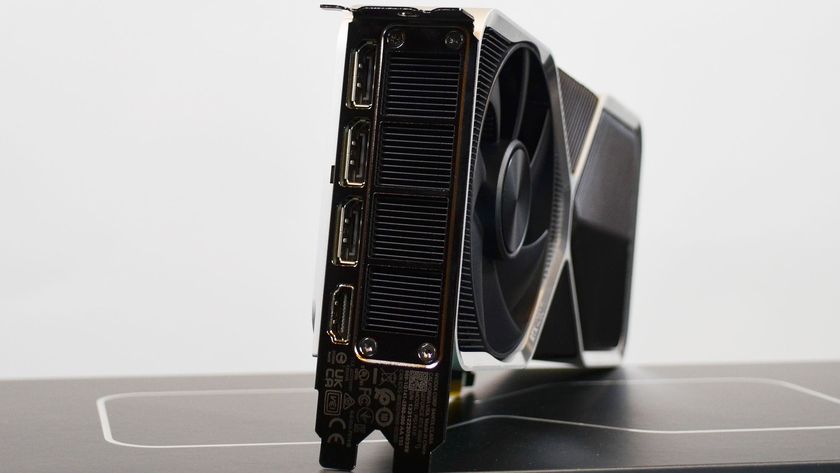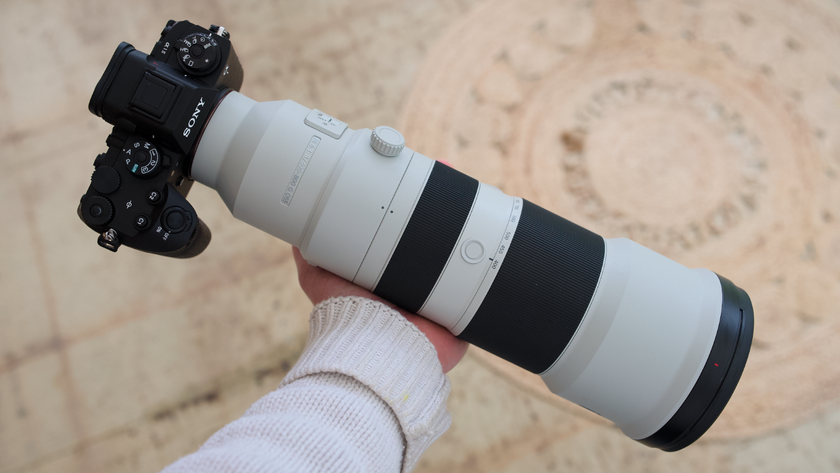
Long, tedious highway journeys seem an ideal fit for automation, but while self-driving cars are rolling out onto our streets, autonomous trucks have stalled.
“We believe delivering on self-driving for passenger applications first, and then bringing it to freight applications down the line, is the best path forward,” Eric Meyhofer, head of Uber Advanced Technologies Group, told employees in an internal memo last month when the company shuttered its autonomous truck division.
Why the delay? Safety is the biggest concern. There are currently no liability laws that let a person injured by a self-driving truck sue the vehicle’s manufacturer, and no safety standards for makers to stick to. That’s worrying enough for a self-driving family saloon, but for a three-ton truck it’s unthinkable.
TechRadar spoke to Steve Mitgang, CEO of SmartDrive – an intelligence company that makes trucks safer on the roads – to find out what can be done to remove the road block, and how we’ll know when self-driving trucks are safe enough for our roads.
SmartDrive has worked with freight companies for 12 years, using video data to help ensure drivers are driving as well as possible. It’s now applying the same principles to autonomous vehicles.
“We’re trying to assess if a vehicle is operating as safely and efficiently as it can, and if it can be better, whether that’s fully autonomous, driven by a human, or a combination of the two,” Mitgang explained.
Reality is messy
One of the biggest challenges for autonomous trucks is the variation in driving conditions. An experienced driver knows how to react to situations and obstacles including pedestrians, cyclists and road layouts that simply aren’t designed for large vehicles, and autonomous systems must be able to do the same.
Get daily insight, inspiration and deals in your inbox
Sign up for breaking news, reviews, opinion, top tech deals, and more.
“We’ve analysed 250 million driving events, and looked at about 100 million in detail,” said Mitgang. “It’s not just the driving of the vehicle – it’s the operating, which involves people, paths, crates, broken bridges – lots of different things happen when you’re driving a vehicle.
It’s not just the driving of the vehicle – it’s the operating, which involves people, paths, shipping crates, broken bridges
Steve Mitgang, SmartDrive
“As we go from engineers making a car move forwards and backwards, left and right to operating in the real world, we have to decide the key criteria for safety and efficiency. How do these things operate in the real world, which is messy? There’s rain, sleet, fog, and other drivers, who have a negative reaction [to a self-driving truck].
"You’ve got this different dynamic. What are the gaps, and how do you fill them? How do we operate in the real world, with real confusion?”
Semi-smart
It’s also hard to define ‘safe’ when cars, vans and trucks are all so different. SmartDrive works with commercial vehicles of all sizes, and as Mitgang explained, the differences can be huge. You can’t simply take a set of rules designed for one vehicle and apply them to others.
“The current manufacturers are running algorithms on vehicles like the Toyota Prius, but if you think about the vehicle dynamics of a cement mixer that has a drum full of heavy, wet contents, they’re very different,” he said. They react differently. Data assessment with all of the differences, and the real world is something we need to pay attention to.
“One of the biggest challenges is scale and repetition in the real world. Getting an engineer to make a vehicle move is the easy part. Operating when you’re in heavy rain or fog, or if you’re at Wembley Stadium and there are people around in various states of inebriation is different. Autonomous cars are only semi-intelligent. How intelligent do cars need to be before we feel safe?”
Ultimately, Mitgang said, manufacturers can’t tell the public that they’re safe sharing the lanes with self-driving trucks. The standards have to come from an independent third party, and be completely open.
“We need objective measurement. We need a way to measure the vehicle in context. How is it doing in its scenarios, and how is it driving compared to the best drivers we have? There has to be a way for a third party to come in and say here are the standards, and here’s how we compare them, We have to have independent assessment with total transparency.”
The nature of commercial transit, ferrying cargo across borders, means that third party would also have to be recognized internationally. It's a huge task, and not one that can be solved by technology alone. It looks like human drivers will be at the wheel for some time yet.
- Self-driving cars: everything you need to know

Cat is TechRadar's Homes Editor specializing in kitchen appliances and smart home technology. She's been a tech journalist for 15 years, and is here to help you choose the right devices for your home and do more with them. When not working she's a keen home baker, and makes a pretty mean macaron.

Nvidia RTX 5060 Ti GPU with 16GB rumored for March launch, followed by 8GB flavor in April – but where does that leave the vanilla RTX 5060?

iPhones are replacing 'Trump' with 'racist' during dictation – but Apple is fixing the problem

Sony unveils its first lens with a massive 800mm reach – and it could be a dream optic for wildlife photography
Most Popular



